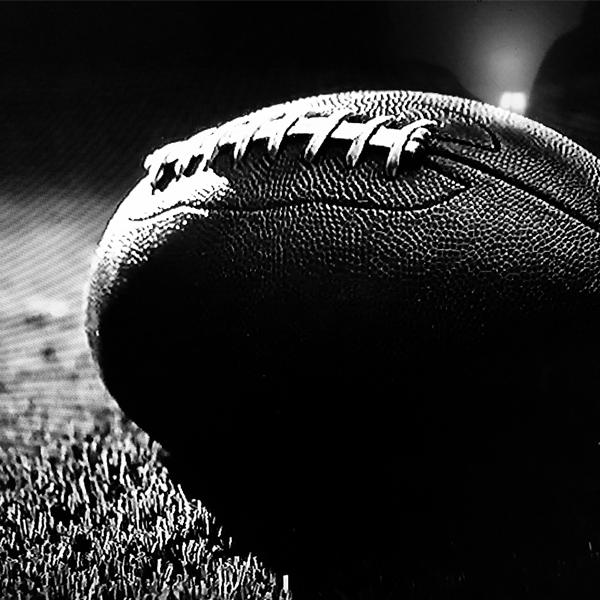As the weather cools and students head back to school, it’s time to start looking forward to fall sports. Football, soccer, cheerleading, volleyball, tennis, and cross-country are just a few of the many sports offered during this time. These activities can be great for students to learn teamwork and promote physical fitness, but there are some inherent risks involved, including injury to the athlete. Here are some of the most common injuries sustained and how to prevent them.
- Fractured bones. This is more common in contact sports such as football and aerobatic sports such as cheerleading. Bones break or fracture when hit with something stronger than the bone itself, i.e., when slammed with a football helmet or when hitting the ground after a fall.
- Muscle strain. Repeated use of the same muscle can cause strain. This is more common in repetitive motion sports such as tennis, but a muscle can always be stretched or twisted in any sports accident.
- Sprain. Sprains are different from muscle strain in that they affect the ligaments that connect bones rather than the muscles surrounding. A sprain is the tearing or straining of this ligament, most commonly in the ankle, wrist, knee, or fingers.
- Concussion. This is another example of an injury more commonly found in contact sports. A severe blow to the head from a ball, protective equipment, or a fall can cause damage to the brain.
- Splints. Shin splints are most common in sports that require lots of running, including football and cross country. Shin splints are small tears or strains in the muscles, tendons, and bones of the leg. This wear can happen as a result of repetitive abrasive motion such as, in this case, hitting the ground with each step.
How can these injuries be minimized or prevented altogether? There are several preventative measures that athletes may take to protect themselves.
- Warm up. Do some mild cardio exercises and stretches to warm up your body before playing. Staying limber and flexible can help prevent damage to your muscles and your tendons.
- Train. Training before the real thing can help you prepare for any situation. It also helps to build a solid frame, which will protect your muscles and your bones.
- Wear protective gear. This is an easy one! When playing sports such as football or soccer, protect your body in all the most vulnerable places. Use a helmet, shoulder pads, shin guards, chest pad, and other official protective equipment to minimize the risk of serious injury.
Chiropractic care. The spine supports the frame of your body. When it is weakened or misaligned, the risk of injury increases. See a chiropractor to keep yourself healthy and strong as you head into the fall sports season.





